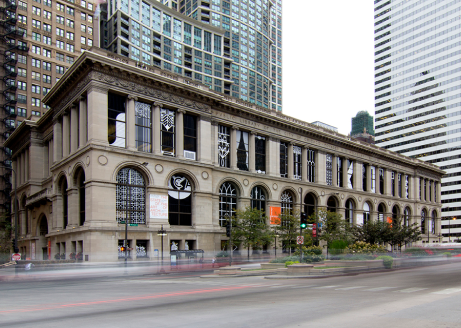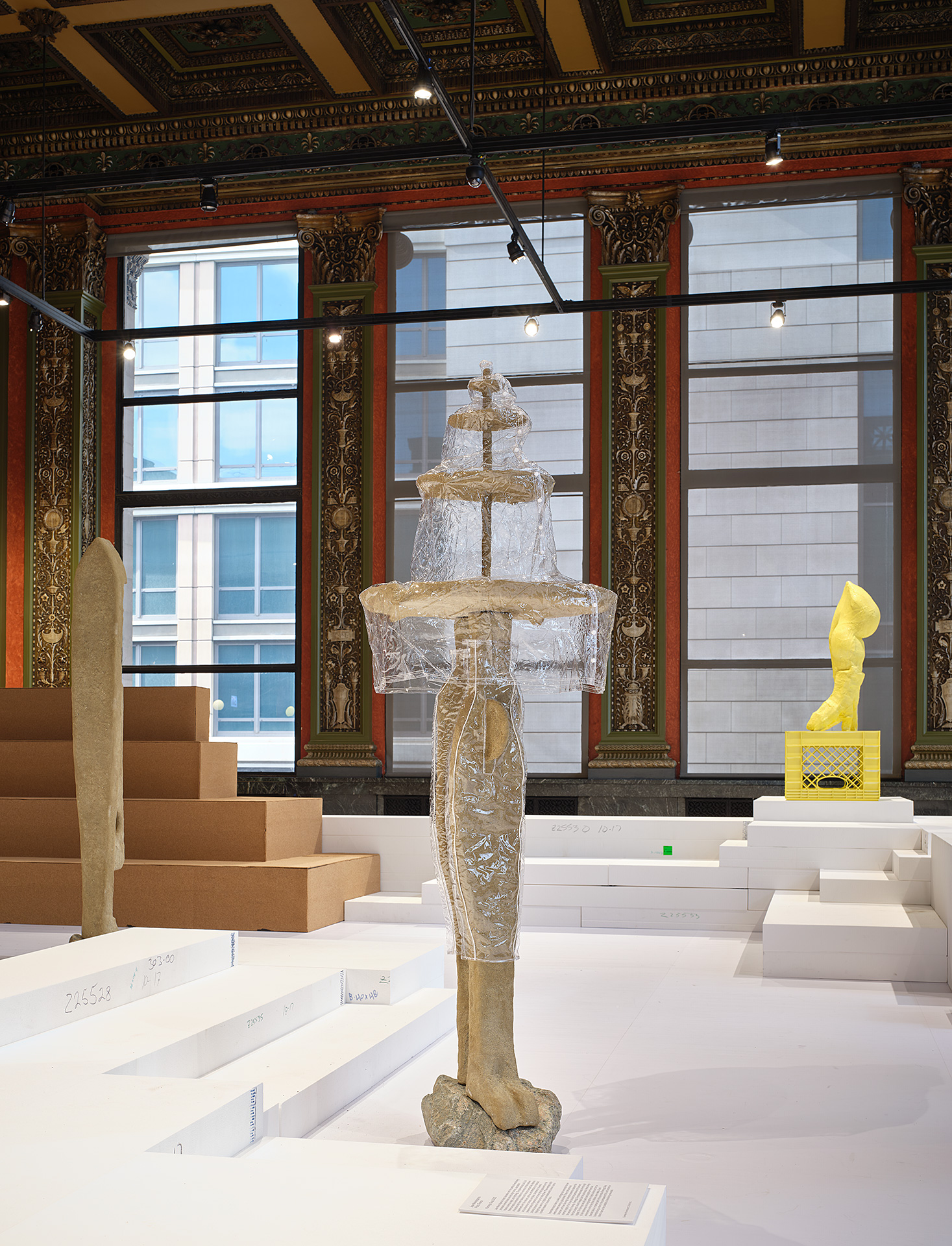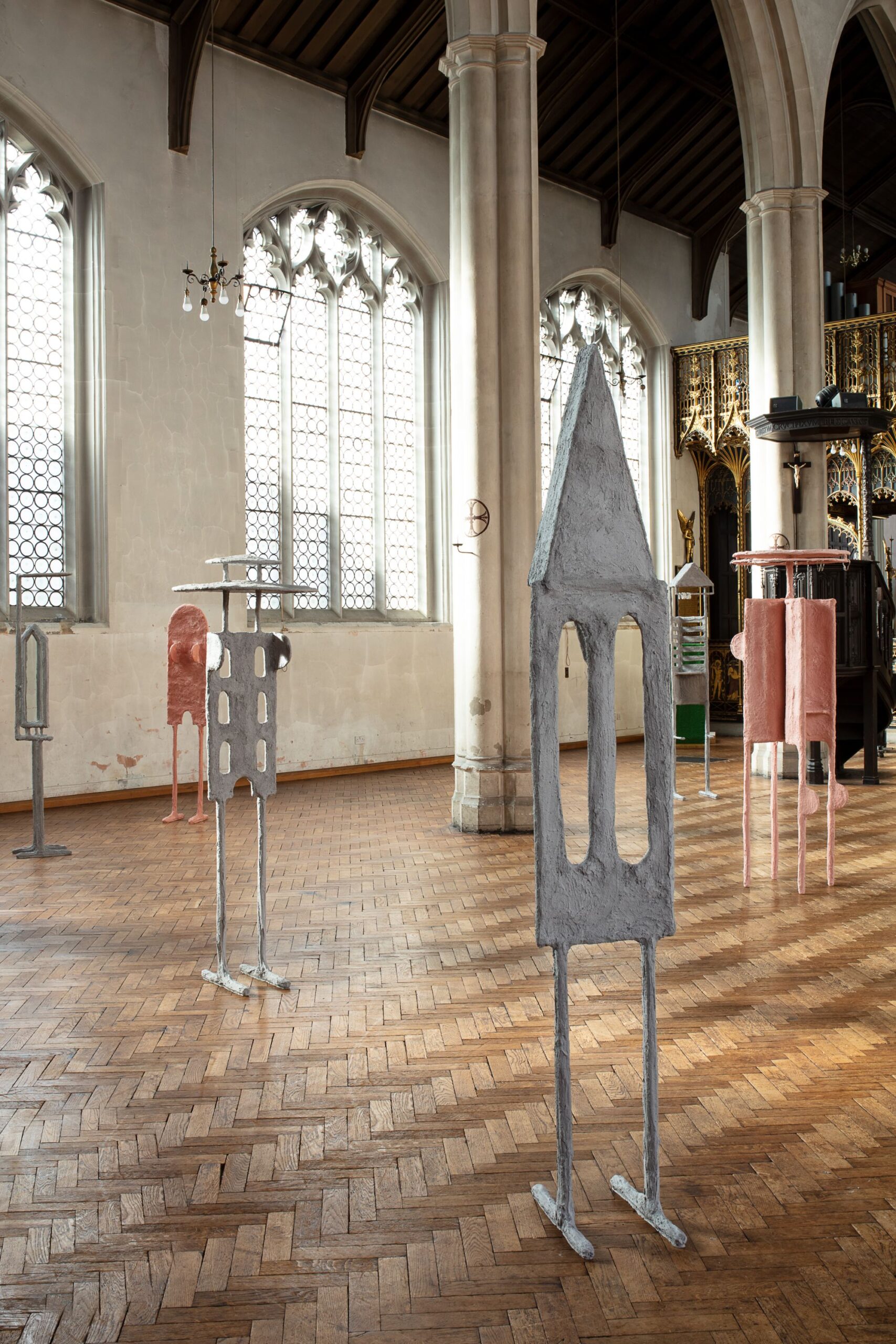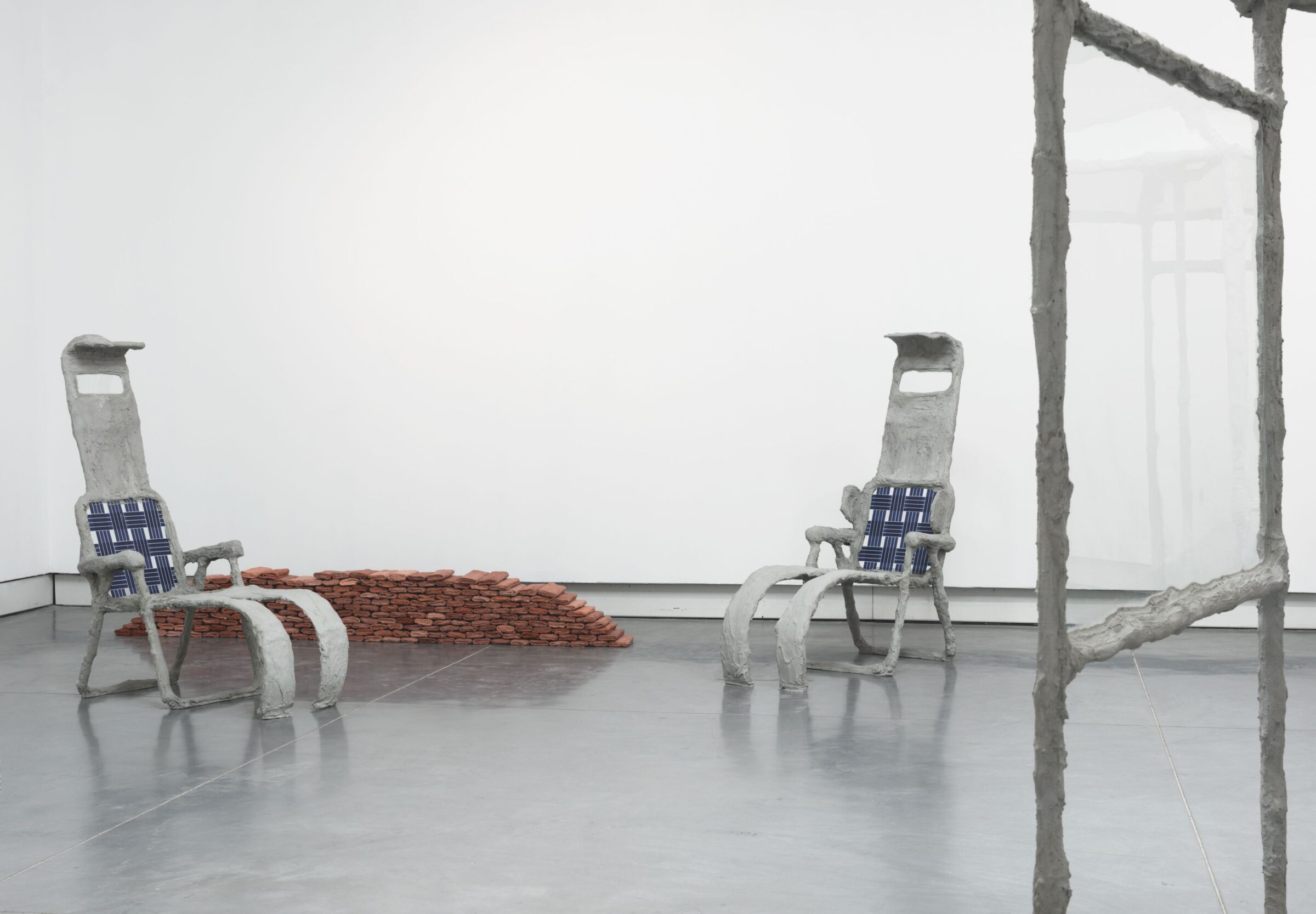Oren Pinhassi
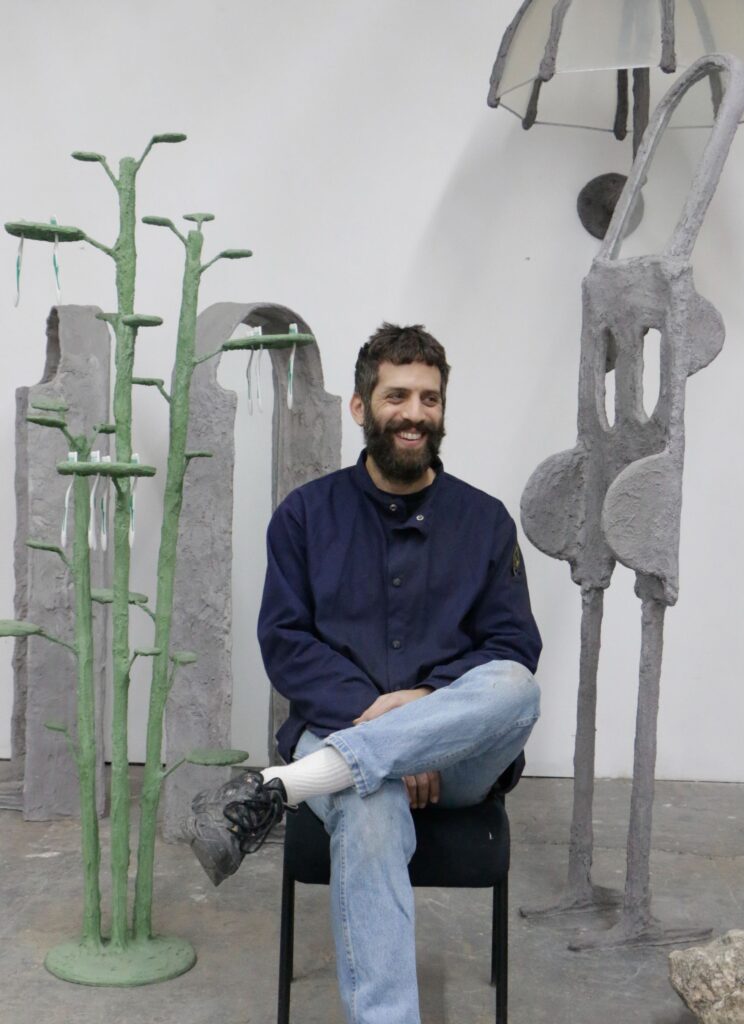
New York, United States
WebsiteOren Pinhassi’s installations examine the relationship between the human figure, nature, and the built environment by conjuring evocative and erotic sites that intersect public and private exchange. His sculptures are frequently a combination of the superfluous and the ergonomic, erring towards the utopian. They mimic familiar objects, seeking to render visible the ways that humankind builds the world in its own image.Oren Pinhassi (b.Tel-aviv, 1985) received an MFA from Yale in 2014 and Bachelor of Education in Fine Arts from Beit-Berl College, Hamidrasha School of Art in 2011. His work has been shown in numerous solo and group exhibitions including Kiang Malingue, Hong Kong (2022); Kölnischer Kunstverein, Cologne, Germany (2021); Commonwealth and Council, Los Angeles, USA (2021); Museo d’Arte Contemporanea di Lissone, Lissone, Italy, (2019); Castello San Basilio, Basilicata, Italy (2019); Palazzo Monti, Brescia, Italy (2019); Skibum MacArthur, Los Angeles, USA, (2018); Petach Tikva Museum of Art, Petach-Tikva, Israel, (2017); Tina Kim Gallery, New York, USA (2019); Yossi Milo, New York, USA (2019); and David Zwirner, New York, USA (2018).The artist lives and works in New York City with a studio in South Bronx, NY.
CAB 5 Contribution
Project Overview
Thirst Trap
Thirst Trap celebrates fragility and temporality. A monument for the ambiguity and porousness of bodies, it suggests lingering in the in-between states of mourning, where staying with the discomfort of the loss of a familiar order has the potential for metamorphosis, perhaps into kinder structures. While the timelessness of sand as a sculptural medium evokes antiquity, as an agent of natural erosion it equally foretells the return of these edifices to the earth. These sand sculptures together create a site that questions notions of singularity and points to a contemporary form of loneliness—we are hyper connected, yet alone or separated. In their materiality and logic, the sculptures challenge notions of permanence and human superiority, instead suggesting an emphasis on the fragility of bodies and their codependency on each other and the environment. Potential for cross-contamination resides in their porous makeup. As the illusion of solid, discrete form dissolves into granular interspersion, so too do notions of inside and out, self and other, body and architecture, creating a hybrid substance, a post-binary entity. Provoked by this material disquiet, precarious conditions of desire and transgression emerge: a glory hole carved into a stately wall, a depleted fountain armored with plastic cover—at once a kind of winking modesty and flimsy prophylaxis—and a mourner with a shower head that offers some shelter. In Thirst Trap, one’s expectation of moisture is subverted and instead made witness to a parched subjectivity that both pleads for and shies away from a corrosive wetness.
Courtesy of the artist and Edel Assanti and Commonwealth and Council
Past Works
Project Overview
Venue
View moreChicago Cultural Center
Address
78 East Washington Street, Chicago, IL
Neighborhood
The Loop
Description
The Chicago Cultural Center serves as one of the main exhibition venue sites for CAB 5, featuring projects from more than 80 participants from ten countries.
Opened in 1897, the Chicago Cultural Center is a Chicago landmark building operated by the Chicago Department of Cultural Affairs and Special Events and is home to free cultural exhibits and programming year-round.
